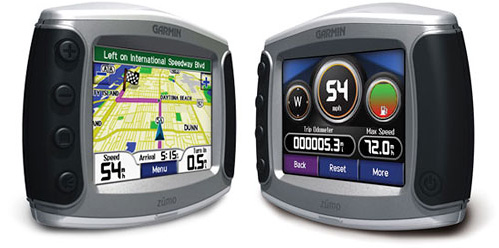Kerstpakket
Van mijn werkgever kreeg ik vorige week een kerstpakket. Nou vind ik dat hartstikke leuk; mijn werkgever wil wat extra’s doen met de kerstdagen, dat kost moeite en geld, en dat wordt gewaardeerd. Toch wil ik er wat over kwijt, want dit kerstpakket is toch wel een beetje bijzonder.
Het pakket is samengesteld door -en uit het assortiment van- een groothandel in goedkope artikelen van uiteenlopende aard. De producten van dit bedrijf vind je terug bij winkels als de Action. “Kwantiteit boven kwaliteit” moet het motto zijn geweest. Voor het bedrag wat hieraan is uitgegeven (winkelwaarde ca. 35 euro), had men ook twee of drie flessen goede wijn kunnen kopen, of een compromisloze fles Champagne. Of… nou ja, verzin zelf maar iets. Maar de keuze viel anders! Kijkt u even mee?
Het pakket was verpakt in deze prachtige sporttas (straatwaarde zonder inhoud: ca. 8 euro):


De inhoud:

- Twee kerst-ornamenten met LEDjes op batterijen. In het ene ding moeten 3 x AA, in het andere 2 x AAA. Winkelprijs: samen ca. € 5,50.
- 4 AA batterijen. Even tellen hoor… (prijs: 1 €).
- Een pak “First Cape Café Collection Rosé drink”, een soort verdunde rosé met 4% alcohol. Straatwaarde (niet lachen): € 2,95. Voor 2,25 liter.
- 4 wijnglazen. Prijs: 3 €.
- Een doos pralines. Inhoud: 400 gram. Winkelprijs desondanks ca. € 2,50.
- Een bak zoutjes. € 1,50.
- Een doos pastijtjes en een blik ragout. Winkelprijs samen ca. € 1,70.
- En als klap op vuurpijl: een 6-delige messenset, in de winkel te koop voor € 9,95.
Vooral die laatste is echt een juweeltje:

En dan dit! Wie drinkt dit?

Hier nog wat plaatjes:
Alles bij elkaar een redelijk bonte verzameling spullen, waar ik in alle eerlijkheid helemaal niets aan heb. Dat kun je scharen onder de traditie van het kerstpakket, maar ik vind het zonde. Dus noem mij ondankbaar (ben ik niet) of een ouwe zeurpiet (ben ik zeker), maar volgend jaar heb ik liever gewoon een flesje wijn.
















